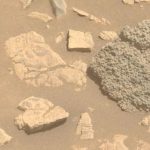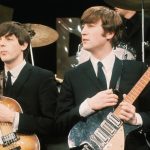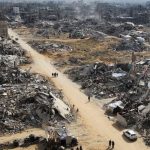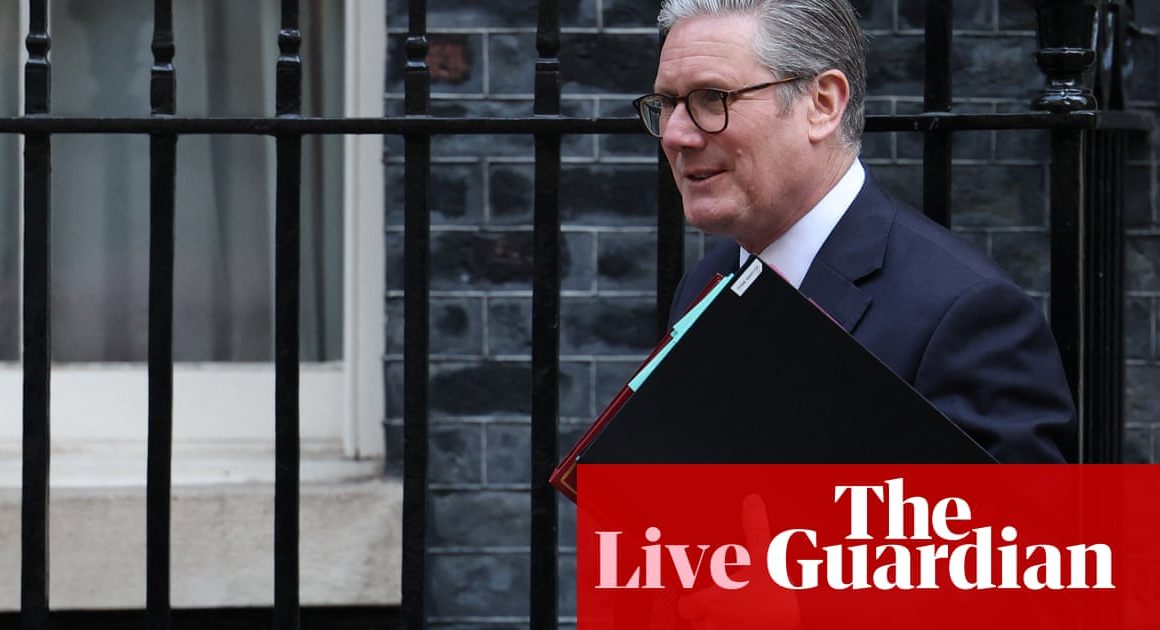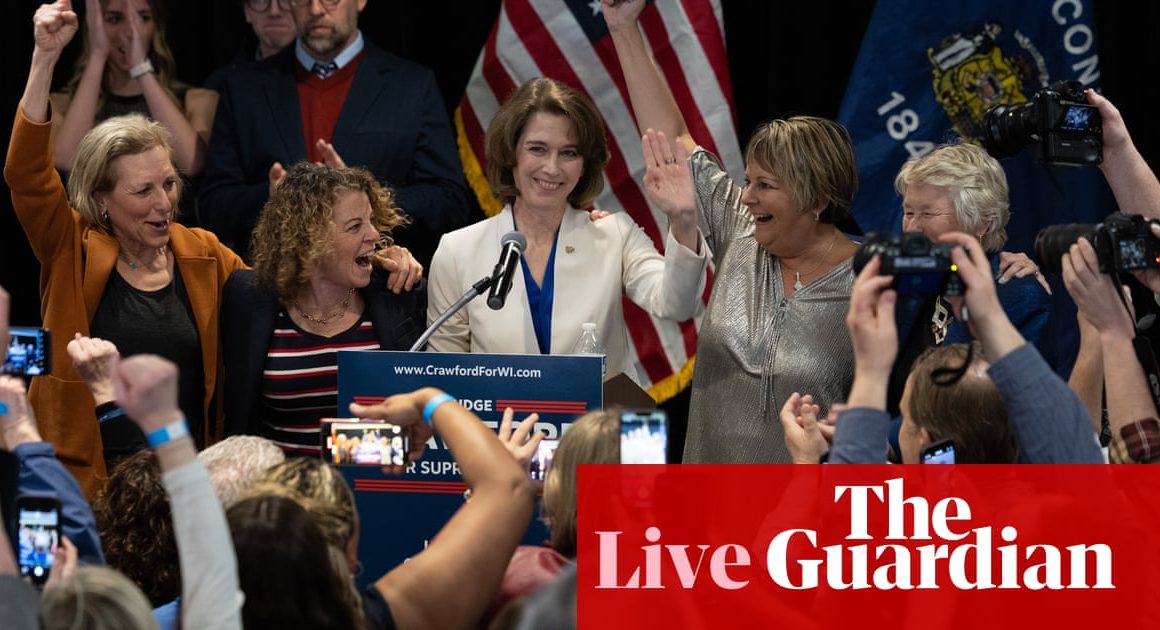It was winter 2018. I had just miscarried my twins. Technically, I had failed to miscarry them and had to have not one, not two, but three surgical procedures under general anaesthetic to “extract the retained products of conception”. Each time I ended up back in hospital with severe pains or heavy bleeding, the doctors would scan me, express their surprise that there was still some “tissue” remaining in my uterus and schedule another surgery.
Just over six weeks after learning about our loss, I was feeling absolutely dreadful, once again in hospital and still testing positive for a pregnancy. The whole experience was surreal. But there was something about it that made complete sense to me: my body was no more ready to let go than my mind was. I was still holding on to my babies in every way I could.
It was the worst of times. The third surgery took place on Christmas Eve and I was finally empty. Emptied. The giddiness with which I had beckoned the holidays – the bliss wrapped around me like a warm blanket, a thousand imagined scenarios of sharing our happy news with family, a future that I had already grown so attached to – disintegrated. I took to my bed for the next two months, curtains closed, the room as dark as my heart: black. Not like night, with distant stars twinkling and the promise of dawn to come; but black like the bottom of the ocean, where all light is obliterated. I wanted to close my eyes and never have to open them again.
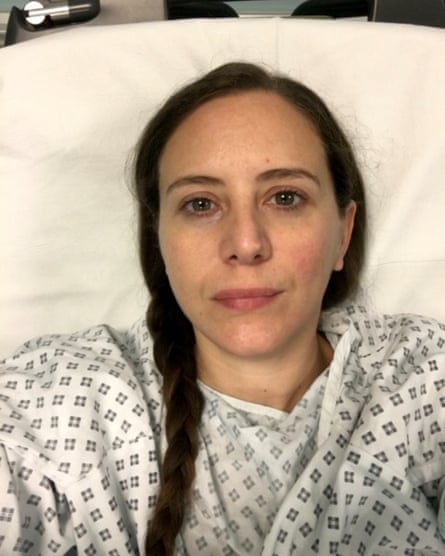
I had already had three miscarriages in the previous two years, for which there had been no explanation beyond “miscarriages are very common” and “they are even more common after 35”. So, we had decided to have IVF with genetic testing and two perfectly healthy embryos had been transferred. Once we got the positive test, there was every reason to believe the pregnancy would continue without problems. I was elated, expectant with every cell of my being.
I remember sitting across from a colleague during a dinner in the early days of that pregnancy, talking about work and books, when she suddenly looked up from her food, paused in mid-sentence and remarked: “You are pregnant right now, aren’t you?!” I was surprised and delighted that she could tell. It felt like validation and a tender intimacy to have her see so clearly the magical secret I was bursting to shout from the rooftops.
Now, there were no more babies, no more expecting, no more dreaming of a future built around them. To me, it felt like there was no future at all.
No one knew what to say. Good friends sent flowers and wrote: “I’m so sorry.” Some shared stories of their own losses, reproductive and otherwise. Some tried to make me feel better by giving me hope and encouragement. Nothing quite landed. More accustomed to locking up his feelings and burying them deep inside, M, my partner, could not appreciate that I was drowning in mine. It was as impossible for him to reach me in the depths of my pain as it was for me to climb ashore, on to his island. Divided by our common loss, we drifted further and further apart. I felt all alone in the world. No one, it seemed, could really understand me. No one except Tahlequah.
Tahlequah, an orca in the Salish Sea, had given birth to a female calf that year. The calf had died, either at birth or moments later, and Tahlequah had spent the next 17 days keeping her baby’s lifeless body buoyant, carrying her on her head as she swam, so they could continue to be together. Her display of grief made news around the world and her mourning dance with her baby moved an increasingly desensitised audience. Some saw in her behaviour the plight of all endangered animals, or an allegory for the climate crisis. Others spoke of a powerful demonstration of maternal love that transcended words and species.
I felt I immediately understood why Tahlequah kept on swimming with her baby, kept on raising her to the water’s surface. My flesh and my bones, the four chambers of my heart and the deepest corners of my psyche ached with the recognition of her inability to accept her loss, her silent prayer for a miracle to breathe life into her baby, her desperate belief that if only she wished hard enough and long enough, she might somehow alter reality. Or maybe that was just me.
I don’t remember how, but time passed – it does that whether we cooperate or not – and eventually I was out of my bed again, taking part in life despite a tender part of me having died. I still wanted, more than anything, to be a mother, but I couldn’t imagine that it might still happen for me. For one, I couldn’t fathom having the strength to risk another loss.
Then, along came Covid. I was secretly grateful for the globally sanctioned opportunity to have an extended hibernation away from everyone and everything. Slowly, I began to find ways to tend to my heart and my spirit. I grew flowers from seeds and sat quietly in my garden. I cooked delicious meals, sipped M’s homemade coffee and moulded shapeless clay into pots that felt pleasing in my hands. M, too, found new ways of being and was excited for the first time in a long while. Outside, the world was in chaos; inside our home, we were establishing a new, more content order.
Then, in September 2020, I read that Tahlequah had given birth again. This time, her baby lived. I held my breath as I Googled all I could about the new calf – a male, named Phoenix – and I was so relieved, so happy, to read reports that he was spotted “swimming vigorously alongside his mother”. For days, I smiled every time I thought about Tahlequah and her courageous renaissance; for nights, I saw the two of them in the emerald-green waters of my dreams. This felt like the omen I needed to try again. And so we embarked on another IVF cycle.
Our son was born in August 2021, robust and pink and miraculous.
As a birthing present to myself, I bought a ceramic orca with her calf, to commemorate Tahlequah’s journey and my own. We had both, in our own ways, travelled thousands of miles through the lows and highs of motherhood. Last year, heavily pregnant once more, I called Holly, the ceramicist, again and asked her to make me another calf.
I haven’t forgotten my babies who didn’t make it Earthside. The love I hold for them hasn’t evaporated, nor been eclipsed by the love I have for my sons (who have, let’s face it, eclipsed almost everything else). But the wounds, I am surprised to say, are no longer gaping. I still wonder what kind of mother I might have been – younger, for sure, probably much less anxious and less exhausted by life – if I had been able to mother my twins and had been a little less battered in pursuit of parenthood. But I also know that I wouldn’t, couldn’t, swap my sons – who were both so resolute in claiming their chance at this incarnation – for anyone else.
I am reconciled with the journey we took to get here. And I am all the more appreciative of our little family and the great mysteries of the universe. There are some things I will never understand, but life often makes more sense when I focus on the present moment, with my children.
One day this summer, my older son, about to turn three and encyclopaedic in his knowledge of animals, asked what my favourite animal is and why. I told him it is the orca: shiny in black and white, playful and intelligent, living in the sea, but breathing air just like us. We looked at pictures and I told him how they all look different from one another, even though they may look the same to us, and how they live in families called pods and how they love each other just like us. Googling videos to show him, I landed on the social media pages of the Orca Network.
The most recent video they had posted was of Tahlequah – six years to the day since she had ceased her “tour of grief” – now swimming joyously with her two sons, Phoenix and Notch. And I got to watch that video with my two sons dancing sprightfully around me.
Zeynep Gurtin is a lecturer and writer. She offers fertility debrief and planning sessions for others navigating complex fertility journeys

